The advanced stats box score shows a comfortable Notre Dame victory, while the scoreboard and viewing experience against Virginia Tech were extremely unsettling for most of the game. The Irish may have discovered a new offensive identity under Tyler Buchner with rushing efficiency strengths resembling 2020, only with a clear weakness on passing downs where Ian Book thrived. With the dual-threat present at QB and some personnel shuffling on the offensive line, ND preventing the Hokies from creating the havoc and negative plays that plagued the first five games of the year and prevented long drives.
Notre Dame’s defensive numbers looked good on paper, yet missed clear opportunities for a potentially dominant performance and salvaged some poor stretches with red zone stops. After dominating third downs against Wisconsin and Cincinnati, the Irish were over-aggressive and shaky against Virginia Tech with scrambling quarterbacks finding gaps despite consistent pressure.
Continuing the season-long trend, there was no garbage time against Virginia Tech and all plays were counted.
Confused? Check out this handy advanced stats glossary here or reach out in the comments.
Nearly snatching a loss from the jaws of victory
While it wasn’t a comfortable game for fans at any point, Notre Dame maintained solid edges in the core aspects of the game despite its offensive inconsistency and defensive lapses. The Irish were +1.24 yards per play, had a success rate 14.7% higher than the Hokies, had more scoring chances, and averaged more points per scoring opportunity. Yet thanks to a woeful start, turnovers, and untimely penalties, Brian Kelly’s team was down 8 with just under four minutes remaining in the game.
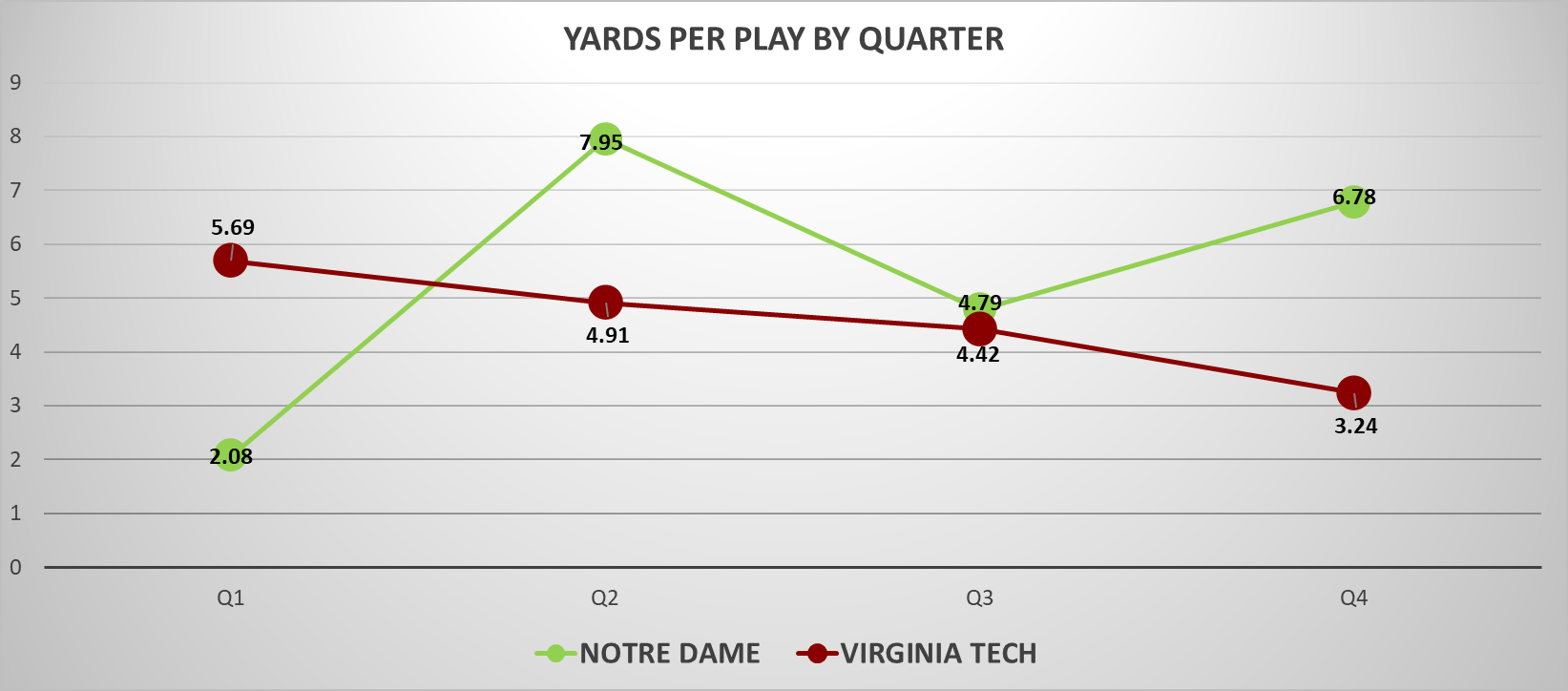
Those statistics summarize the game as a whole, but there were so many different chapters to this game. They weren’t divided cleanly by quarter but felt incredibly different as the game swung wildly at different points.
- Chapter 1 – Darkness: The first three Jack Coan possessions average 2.1 yards per play (including 0.67 per dropback) with a 23% success rate. Freeman’s defense looks out of sorts early, giving up rushing yards in chunks on the perimeter and to VT’s mobile QB tandem. Thankfully the defense stiffens to force a field goal on Hokie drive that had 1st and goal from the one that probably haunts Justin Fuente today. Hokies 10-0.
- Chapter 2- A Hero Emerges: Tyler Buchner takes over and leads two sparkling touchdown drives. The offense looks completely different, with the line opening holes and running backs finding relatively easy efficiency. Buchner chips in some nice runs of his own but, most importantly, completes 5-8 passes for 101 yards and a score. There are no sacks or tackles for a loss. In between, the defense allows 14 yards on 8 plays, with the ND front seven beginning to feast on VT’s notably hurting QBs.
- Chapter 3- Flawed Teams Battle: Notre Dame inexplicably gives up 46 yards in 28 seconds before halftime to let the Hokies go into halftime feeling better. The Irish secondary has a rough drive to start the second half and gives up the lead with a second straight field goal. Buchner returns to earth and tries to throw one directly to a player in maroon and orange; thankfully, it’s dropped. The defense finally comes up with a big play on 3rd down with a Tariq Bracy pick. The offense cashes in the gift for a touchdown on a hard-nosed drive with four straight runs and many broken Virginia Tech tackles.
- Chapter 4 – Self Defeat: Buchner throws a pick-six just when it felt like the game was finally settling into Irish control. The following drive features confusion, a targeting ejection, and new feelings of discomfort with Buchner thrust into obvious passing situations (for the game, Buchner passes on passing downs were 2 of 5 for 10 yards and two interceptions). Another ground-dominant drive is snuffed out by yet another penalty and then another TB interception. The Irish defense seems in control, then mind-bogglingly cedes rushing yards to Hokie QBs who may not be able to raise their arms over their heads at this point, much less pass. 13 straight points put VT up 8 at home with time running out.
- Chapter 5 – Redemption & Escape: Coan returns with Buchner slightly hobbled and definitely struggling. He has plenty of time, looks like a different player in the pocket, and has 5/6 successful passes at nearly 10 yards per attempt. The defense forced a blessed three-and-out, Coan again picks apart the Hokie secondary to easily get within field goal range, and Jonathan Doerer battles lasers to nail a game-winning field goal.
Somehow, all of THAT nets out to what the computers project to be a comfortable Irish victory. While the win expectancy calculations will put less stock in turnovers and penalties, it’s worth pausing to think if Notre Dame has some recurring issues in these areas after the past two weeks.*
*Yes, there were officiating shenanigans galore at Lane Stadium, but there is apparently a secret code that officials will not call holding on the Notre Dame defensive line, so it may be best to assume the ineptitude will continue.
Extreme Makeover, Offense Edition
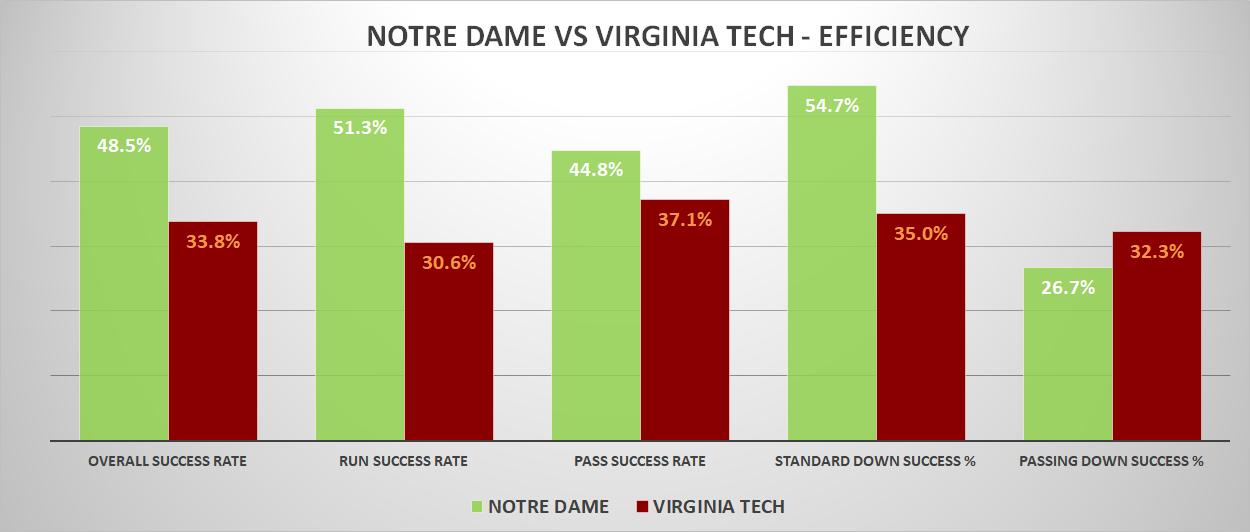
It’s hard to overstate the difference in offensive identity with Buchner leading the way and the offensive line possibly finding a winning combination. With Jack Coan at QB, Notre Dame’s rushing attack was among the worst in the nation. If you’ve read these recaps before, the stats are probably familiar – 100th or worse in rushing success, stuff rate allowed, rushing explosiveness. Obviously, Tommy Rees probably should have started abandoning the run earlier with Coan, yet that wasn’t easy to let go of with Kyren Williams and Chris Tyree sitting there.
In Blacksburg, once Buchner came in, the offense suddenly resembled 2020. On 28 carries, Notre Dame averaged 5.3 yards per rush and a 60% success rate. Buchner accounted for 12 of those attempts, with a 5.7 yards per carry average and a 58% success rate on his efforts. The Irish still couldn’t break a long run – the biggest of the game was 11 yards – but suddenly, there’s the potential for a more sustainable offense that’s not reliant on the big play.
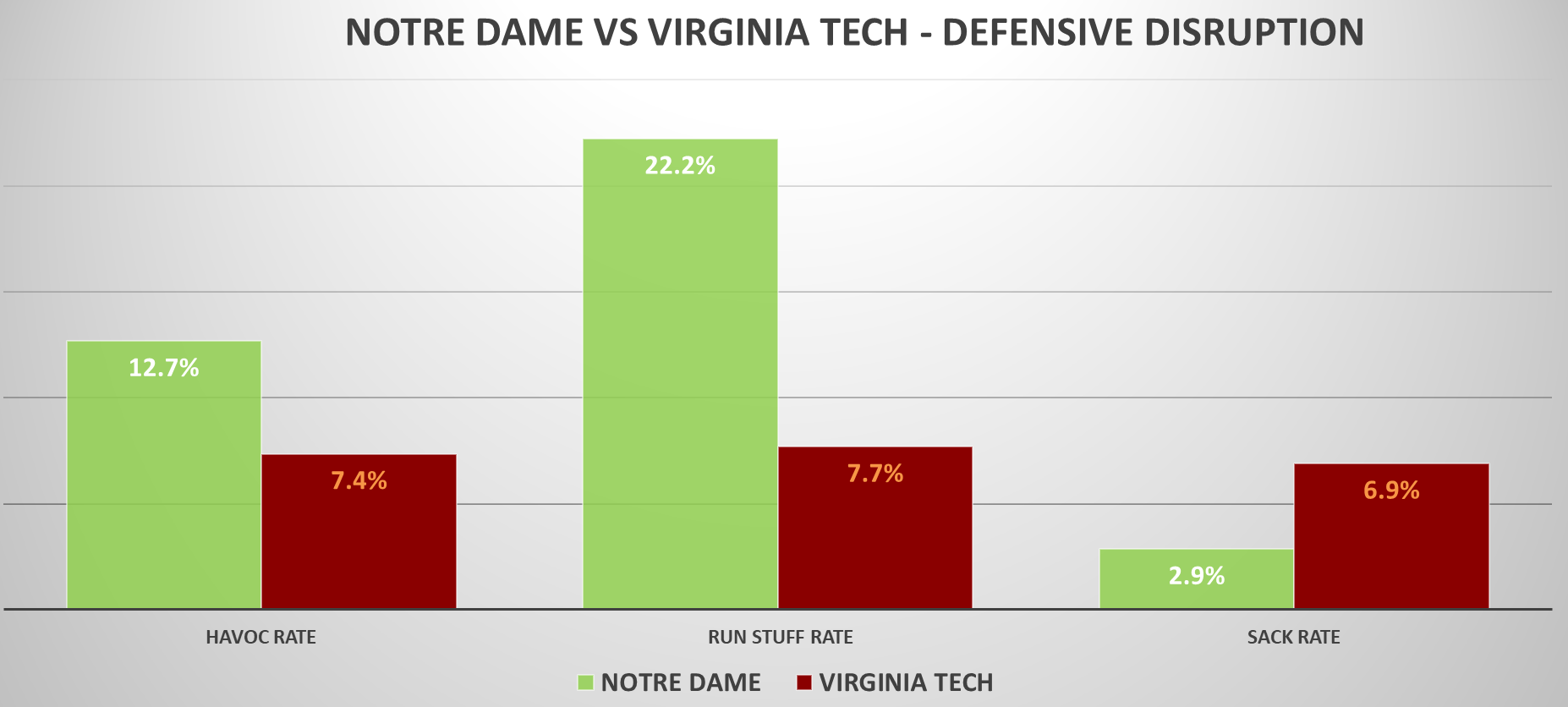
The offensive line deserves a lot of credit as well – in a hostile environment, they avoided false starts that would have submarined the Buchner drives. The young combination of Joe Alt and Andrew Kristofic on the left side of the line looked good and should only improve as they gain experience and first-team reps. With Buchner in, the offense needed to stay “on schedule,” and the OL yielded zero sacks after the first quarter and only three runs for no gain (none for a loss) in the game.
I’m not assuming anything after last week forecasting Drew Pyne to become the new QB1. But should Buchner take over, this can be an entirely different offense. The new challenge will be ensuring things aren’t too one-dimensional – balancing the efficient running game (with untapped explosive upside) versus passes that get Buchner comfortable and allow him to still be aggressive on early downs. The biggest downside for Buchner was on full display in the second half – if a penalty or two failed runs set up 3rd and long, a true freshman with a limited playbook can struggle. Buchner seemed to thrive early with deeper dropbacks and time to survey the field but pressed and was inaccurate on his rhythm and timing throws.
Is there still a place for a pocket passer? The last two drives make a case for Coan as a situational option or a Rees-style relief pitcher in the 2012 Golson-dominated QB rotation. It’s depressing that it’s a forced choice – either things open up for Williams and Tyree (and Diggs!), or Mayer, Austin, and Lenzy are not fully taken advantage of. Maybe in time and with more reps, Buchner can do both. But without Coan’s two-minute abilities, Notre Dame could easily be staring at 3-3 and a very different feeling entering the bye.
Inconsistent but mostly timely defense
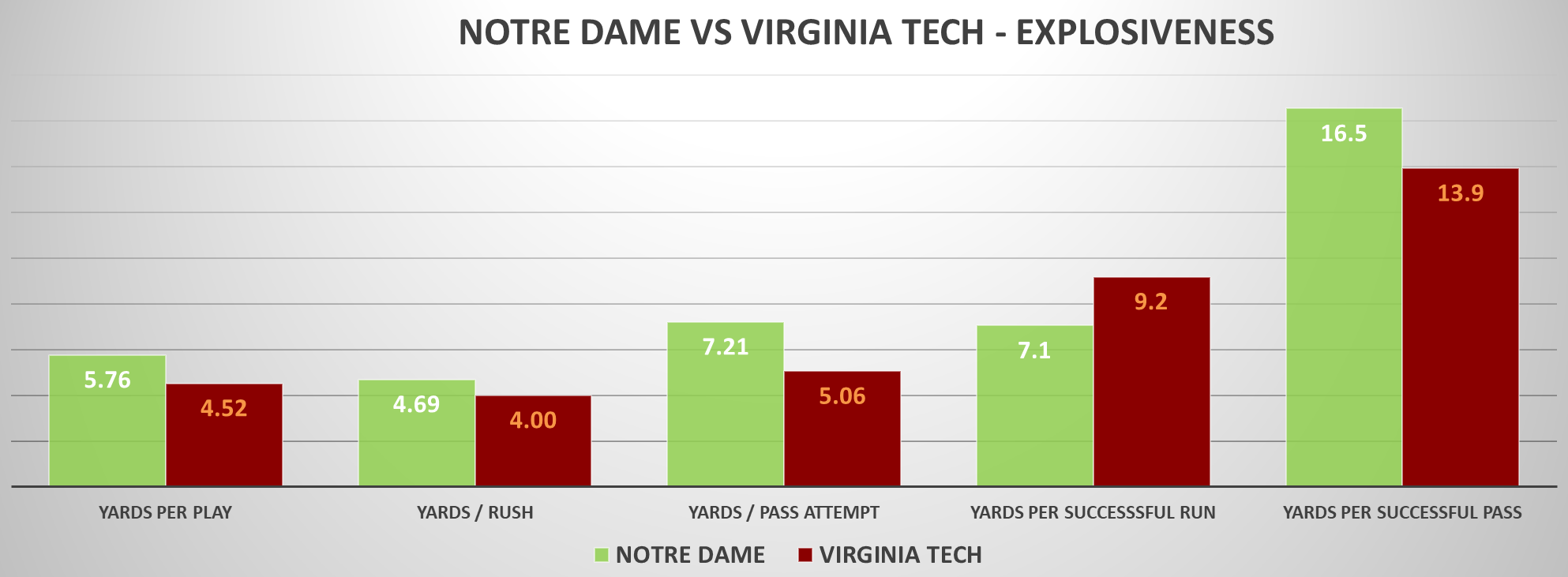
On paper, this was a strong effort against a Virginia Tech offense with a dangerous run game and good skill position talent. Holding the Hokies to four yards per carry and about five yards per pass attempt is very solid. Yet it felt like the defense left a dominant night on the table with shaky execution and play-calling.
Justin Fuente smartly attacked Notre Dame with perimeter runs, knowing that it would be tough sledding between the tackles. VT still averaged just 2.3 yards per carry on 1st down, and QB runs playing a major role would later cost them with their 1st and 2nd stringers sustaining injuries. The real surprise was on 3rd downs, where despite averaging 7.5 yards to gain, Tech converted 8 of 17 chances.
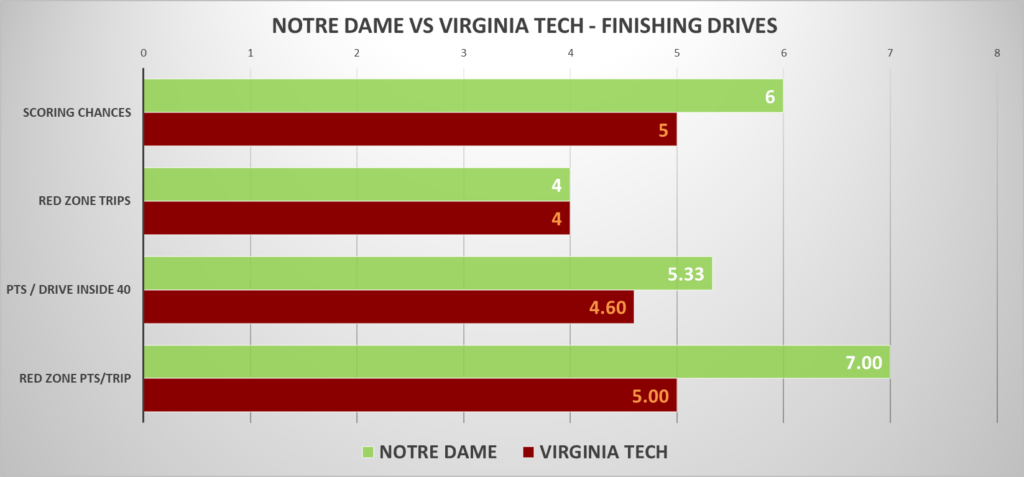
Entering the bye, the Irish still have unanswered questions in the secondary, with inconsistent play at strong safety and from corners outside Cam Hart. The good news is the Virginia Tech game continued the trend of clutch performances limited opponent scoring chances. Notre Dame now ranks tied for 16th nationally in red zone touchdown percentage allowed, with opponents only converting 10 of 24 chances into touchdowns.

The Bracy interception was also incredibly timely after the defense allowed back-to-back scoring drives to give up the lead. Both teams statistically were unlucky to have pass break-ups converted into interceptions at such a high rate. However, Buchner did throw a few errant passes directly at Hokie defenders that may have been more catchable than most.
On to cheeseburgers
Notre Dame enters the break at 5-1 despite the inability to play anything resembling a normal game. The five wins include a 3-0 record in one-score games that usually represents a red flag (especially considering the other two wins were one-possession contests for most of their 4th quarters too).
Yet two of those close games (Toledo, VT) should have been comfortable wins if not for Irish turnovers. There’s so much low-hanging fruit for offensive improvement – limiting giveaways (97th in turnovers lost), climbing out of the basement in negative plays allowed with stuffed runs and sacks (100th+ in both ranks), and converting scoring opportunities into touchdowns at a higher rate (94th). For all of the early explosive plays and lowlights the defense has a clear ability to stop the run and ranks nationally as a top-20 unit across FPI, FEI, and SP+.
The Irish are likely to be favored in every remaining game, but with four of the six projected to be more one-possession games. If the offense can stabilize and better leverage the wealth of skill-position talent, with the defense continuing to limit efficiency and now clamp down on big plays, Notre Dame’s second half could be filled with boring but more satisfying performances.

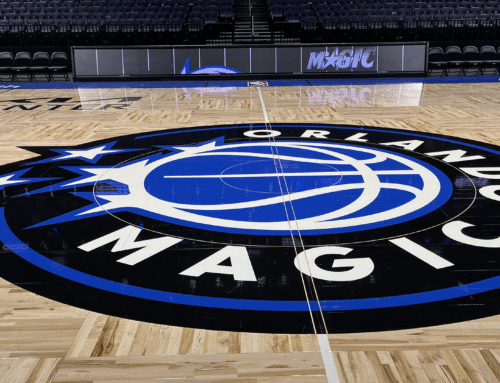
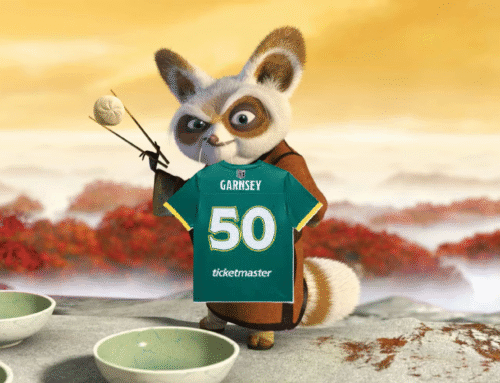
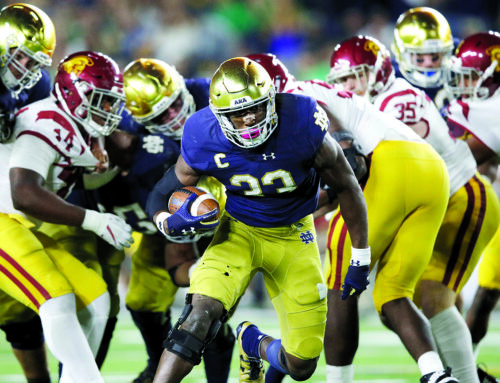
Great stuff. To me it looked like Tech had some success with the motion and zone reads and often QB running the ball early but then the ND defense kinda figured that out and put a stop to it (and really punished/injured 2 QBs in the process).
Notre Dame was the reverse, nothing at first, Buchner came in and had success but then Tech figured out a way to neutralize him (aided by some freshman mistakes).
Leaving the trump card to be, unbelievably, Jack Coan at the 11th hour to come back and save the day, to which Tech had no answer for.
The areas for offensive improvement will be one of the most interesting aspects in the second half of the season, and the schedule looks primed for a rebound with weaker opponents coming up.
I think that’s largely true, although I’m not sure VT really figured out how to stop the ground game. In the second half the Buchner drives:
That’s a ton of detail, and USC and others will be ready for a run-heavy TB attack, but I think at it’s core spread it out + run with Buchner can work so long as he mix in the downfield passes or even quick hits to the perimeter / flat to keep defenses guessing
Drive 4 was 8 yards Buchner, 2 yards Kyren (+penalty), 3 yards Buchner (2nd and 15), incomplete, punt
Drive 5 ended with 2 yards (Diggs) on 1st down, 2 yards (Buchner), 0 yards Williams (+penalty), INT
I could have phrased it cleaner, what I was referring to was they did stop him from getting ahead on 2+15 and 2+8 on two straight drives, drives before that it wasn’t uncommon that Buchner and Kyren were regularly rolling off 8, 10, 11 yard carries and that was what I meant that the defense held more firm as he played longer.
So the final six rush attempts only produced 17 yards, which could admittedly be a bit of a stretch for “figuring it out” — and as you rightly noted certainly the the penalties helped the Hokies bog Buchner down all the further since some of those attempts didn’t count, but even on the penalized runs Notre Dame wasn’t getting anywhere.
By “final six rush attempts,” do you mean of the game or the last three rush attempts on each of his last two drives? Because Drive 5 by itself had seven rush attempts and the first four went very well.
Drive 4:
Drive 5:
The first drive was killed by the bogus targeting call, it had very little to do with VT. The second drive we bogged down on that last set of downs. I don’t think they figured anything out in a broader sense, or they wouldn’t have allowed 44 yards on the first five plays of Drive 5.
The latter. I was looking at how VT got Notre Dame off the field. They didn’t completely stop Buchner in his tracks, and the penalties didn’t help either, and I agree were very bogus in the first place.
The four successful plays to start Drive 5 is some evidence that perhaps the ND offense was OK, barring penalties, but they ended on sour notes.
Gotcha. I don’t think you can split the second drive up like that, honestly. Giving up nearly half the length of the field on the first five plays isn’t a great sign that they figured out how to get the offense off the field. I think they got back-to-back stops and, like Mike said, Tommy went super conservative with the run on 3rd and 6 to either set up a FG try or a shorter 4th down try.
To that point in the game, Buchner had faced 3rd and medium (in this case, 4-8 yards to gain) four times and each of those downs was a pass play. The last one was the pick six, but they had Buchner throw on 3rd and 12 on the next drive so they weren’t just completely against him passing at that point. Running on 3rd and 6 there is a strong indicator that Tommy wanted to play it safe, IMO.
Va Tech gets credit for stoning those three runs, definitely. I think it’s a bit generous to say they figured out how to defend the offense, though.
Also, on that 3rd down play, had Kristofic been able to make it across – he chipped the end with Alt briefly but really didn’t need to because Alt was literally folding the guy in half, and then he couldn’t get across to Hollifield in time – Kyren would’ve had an absolutely massive hole in the middle and been one on one with the LB (note the attached screenshot). I like his chances there.
I think for a couple of plays they out-executed us, and those couple of plays happened to come consecutively. I’m very interested to see what that offense can do going forward, particularly if the apparent growth of the OL is real.